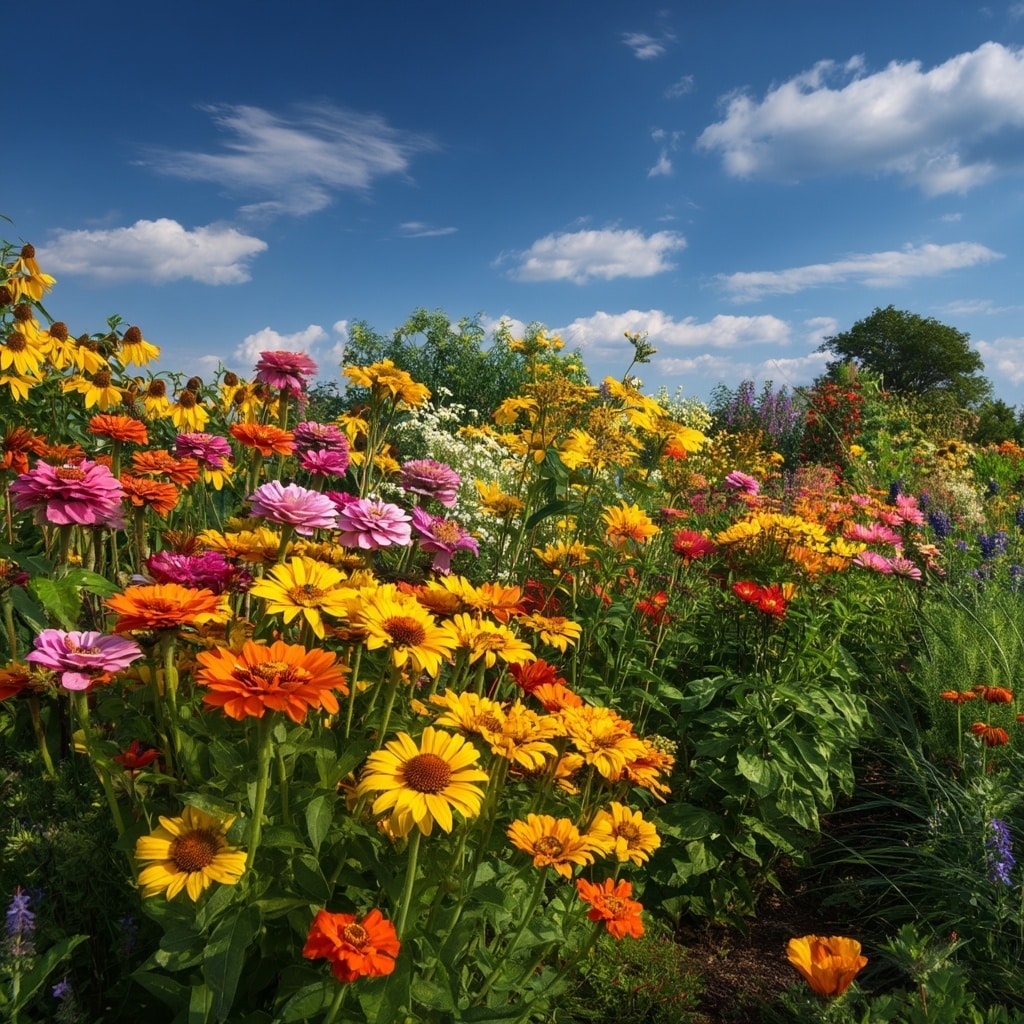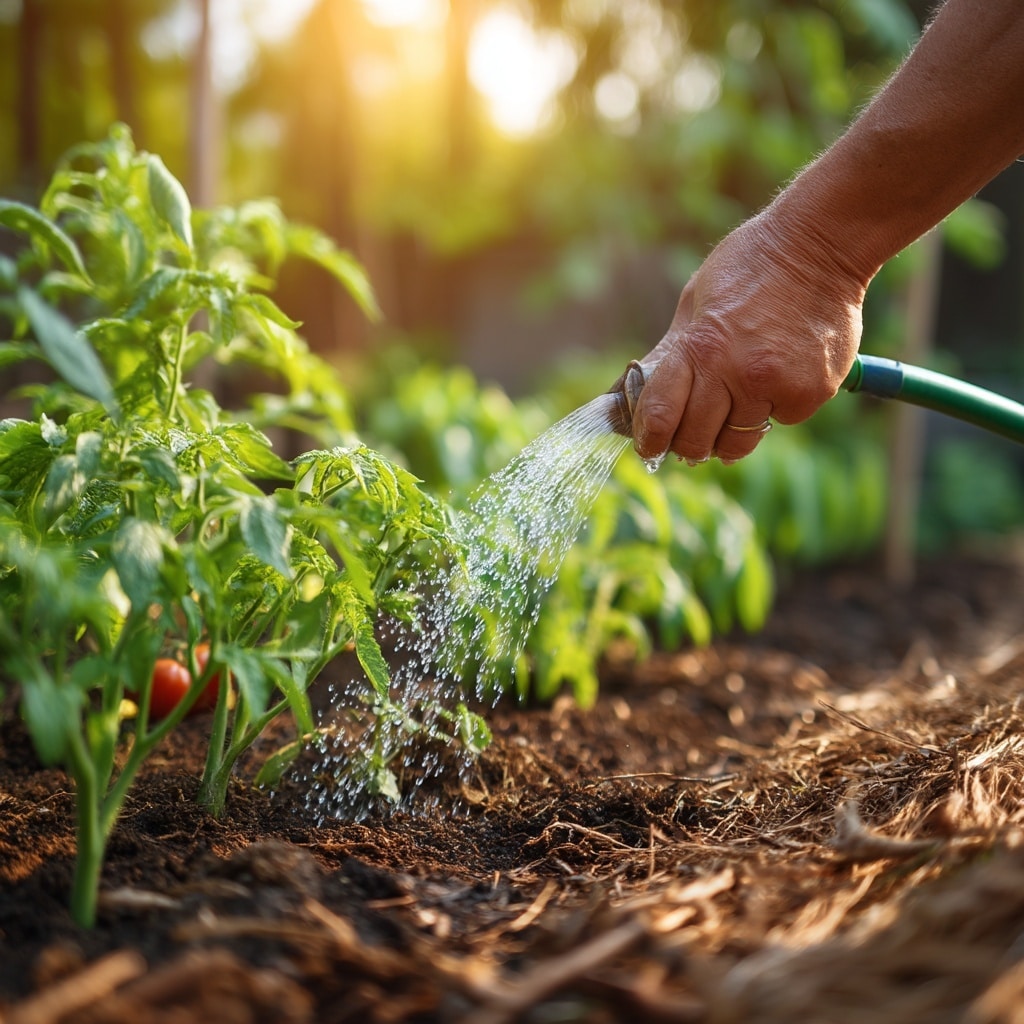Garden lovers often dream of vibrant blooms, fresh produce, and lush greenery bathed in golden light. If you have a yard that basks in sunshine from morning to evening, you’re in luck. A full-sun garden offers the ideal setting for color, fragrance, and flavor—but only if you choose the right plants and give them the care they need. The heat and intensity of direct sunlight can be a challenge, but with the right strategies, your sunny space can become a radiant outdoor retreat.
Table of Contents
Understanding Full Sun
Not all sunshine is created equal, and knowing what “full sun” means is the first step to planning a thriving garden. In most gardening terms, full sun refers to areas that receive at least six to eight hours of direct sunlight per day. That doesn’t mean the sun has to shine non-stop—cumulative exposure counts, whether it’s a continuous stretch or broken up by brief moments of shade.
To understand your garden’s sunlight, observe your yard throughout the day. Trees, buildings, and fences can shift light patterns dramatically as the sun moves. Also, keep in mind that light conditions change with the seasons—a spot that gets full sun in spring might be shaded in summer once nearby trees leaf out.
Why does this matter? Because not all “sun-loving” plants tolerate the same intensity of sunlight. Morning sun is gentler, while afternoon rays are stronger and more drying. Knowing how the light behaves in your space helps you choose the right plants—and place them in just the right spots.
Pro Tip: Spend a day noting when and where the sun hits your garden. It’s one of the simplest ways to avoid planting mishaps.
Choosing the Best Plants for Sunny Gardens

A successful full-sun garden starts with choosing plants that thrive in bright conditions. This means looking beyond what’s beautiful and focusing on what’s built to last under intense light and heat. Begin by matching plants to your USDA hardiness zone and ensuring they can handle both the temperatures and sunlight your space offers.
For easy color and summer-long blooms, go for heat-tolerant annuals like:
- Zinnias
- Gomphrena
- Marigolds
- Portulaca (moss rose)
These are low-maintenance, drought-resilient, and bring bold color to beds and borders.
Perennials like coneflowers, black-eyed Susans, and coreopsis are native to open meadows and love long days in the sun. Their deep root systems help them stand strong even during dry spells.
Shrubs and edibles can thrive in sunny gardens too:
- Blueberries and strawberries need full sun for peak flavor and fruit production.
- Hibiscus delivers a tropical vibe with large, bold blooms.
- Tomatoes, peppers, and squash demand direct sunlight for rich harvests.
And don’t forget Mediterranean herbs like rosemary, oregano, thyme, and lavender—they love dry, sunny spots and require minimal fuss.
Planting sun-hardy species not only makes your garden more resilient, it saves water, reduces maintenance, and sets the stage for long-term success.
Caring for Plants in Full Sun

Planting sun-loving varieties is only half the battle. To maintain a beautiful garden in full sun, you need to give your plants the right care—especially when it comes to water, soil, and nutrients.
🌱 Group Plants by Water Needs
A key strategy is to group plants with similar moisture requirements. For example:
- Drought-tolerant herbs like lavender and rosemary thrive with minimal watering
- Thirsty vegetables like tomatoes and cucumbers need more frequent, deep watering
This makes irrigation more efficient and avoids over- or under-watering.
💧 Deep Watering Techniques
Water less often but more deeply. This encourages strong root systems, which help plants access moisture deeper in the soil and handle heat better. Shallow watering leads to weak roots and stress during hot days.
🍂 Mulch for Moisture and Temperature Control
Apply a 3–4 inch layer of organic mulch (like shredded bark or compost). This:
- Keeps soil temperatures steady
- Locks in moisture
- Suppresses weeds
Mulch also improves soil over time as it breaks down—win-win.
🌿 Feed Your Sun-Loving Plants
Fertilizer helps full-sun plants stay vibrant. Use a balanced slow-release fertilizer for flowers and perennials, or organic options like fish emulsion for edibles. Follow label instructions carefully to avoid overfeeding.
A healthy, well-fed garden is better equipped to resist pests, disease, and drought.
🐛 Watch for Pests
Full sun can stress plants, making them targets for insects like aphids or caterpillars. Keep an eye out for chewed leaves or yellowing. If needed, use gentle, targeted treatments that won’t harm beneficial insects or damage blooms.
Remember: Maintenance is easier when your garden is planted thoughtfully. Healthier plants need fewer interventions..
Conclusion
A full-sun garden holds immense potential for beauty, color, and productivity—but success starts with understanding how sunlight affects plant health. By choosing sun-loving varieties, grouping plants based on their needs, and applying the right watering and feeding techniques, you’ll create a vibrant outdoor space that not only survives the heat, but thrives in it.
Whether you’re planting showy flowers, flavorful herbs, or juicy vegetables, proper care turns your sunlit yard into a garden oasis. Use these tips as your foundation, and you’ll enjoy lush growth, healthy harvests, and a garden that dazzles season after season.




